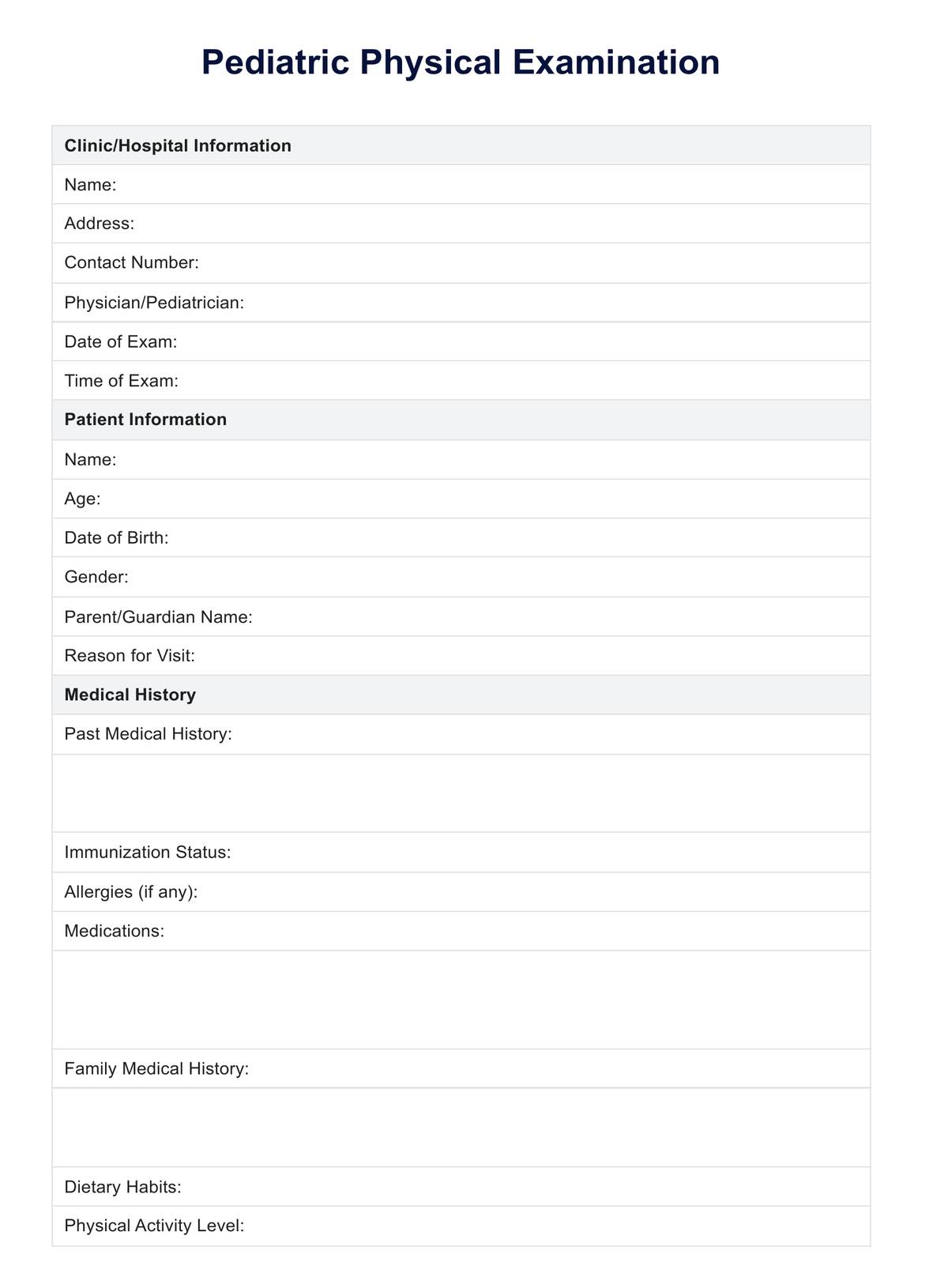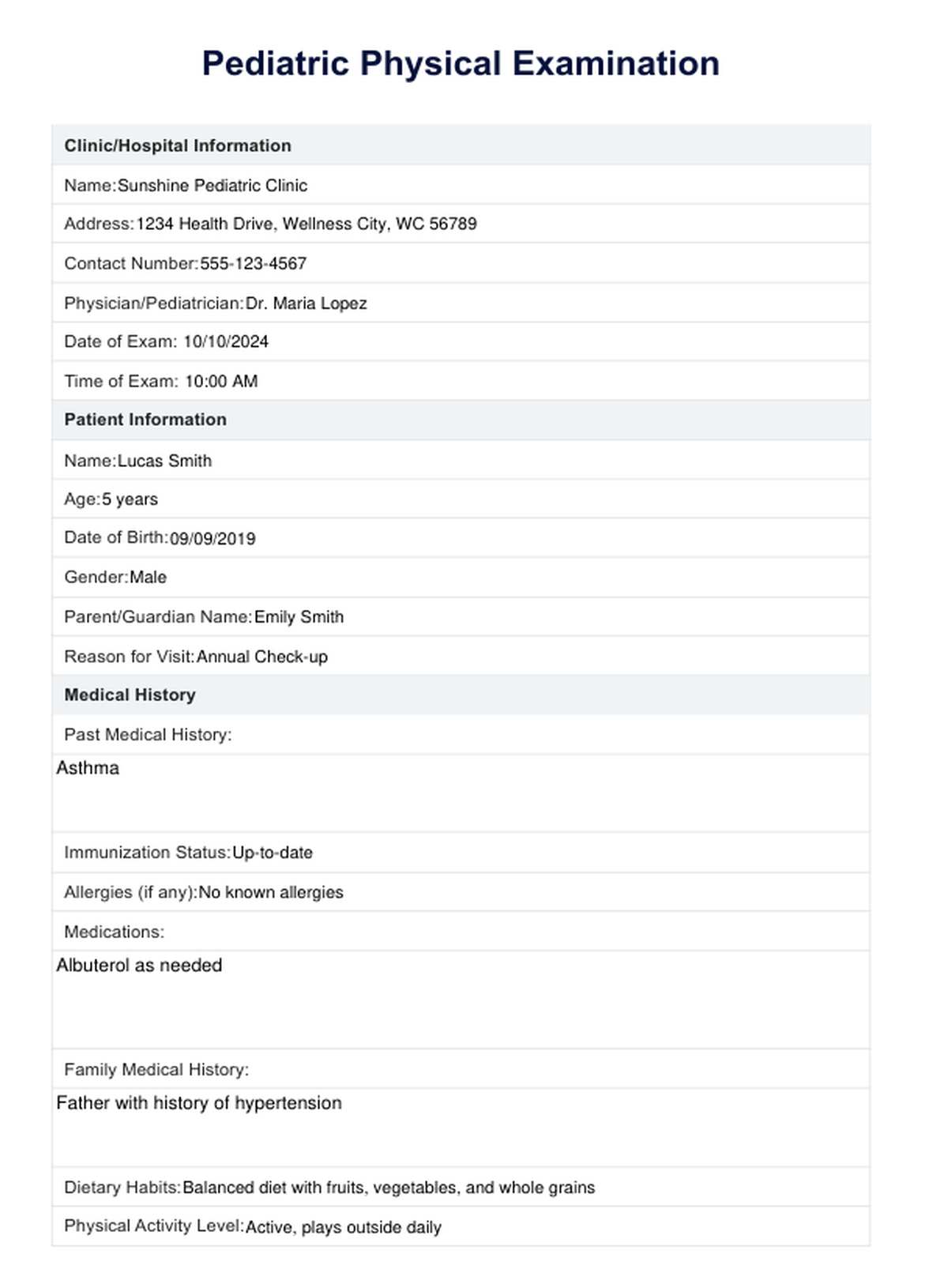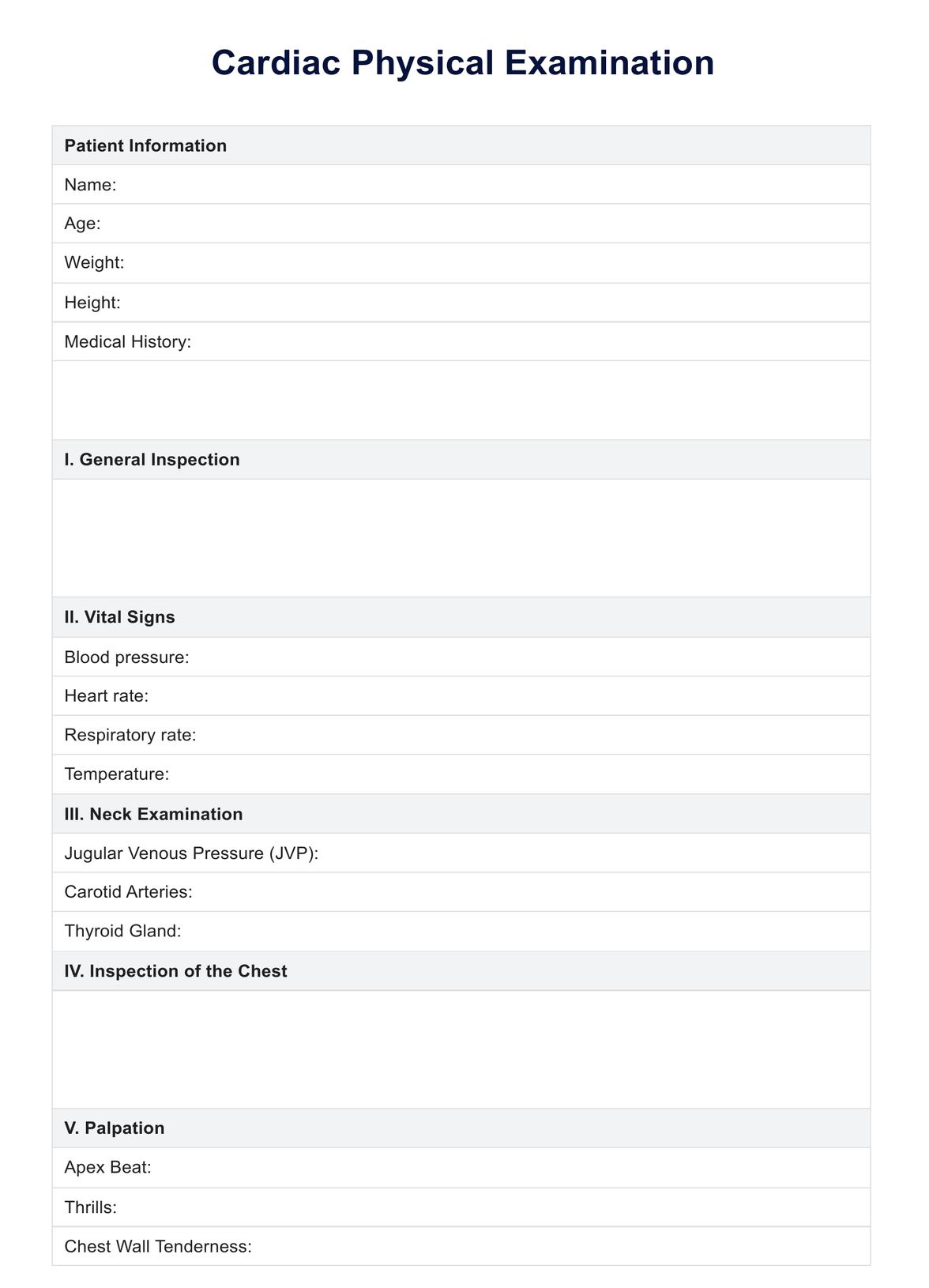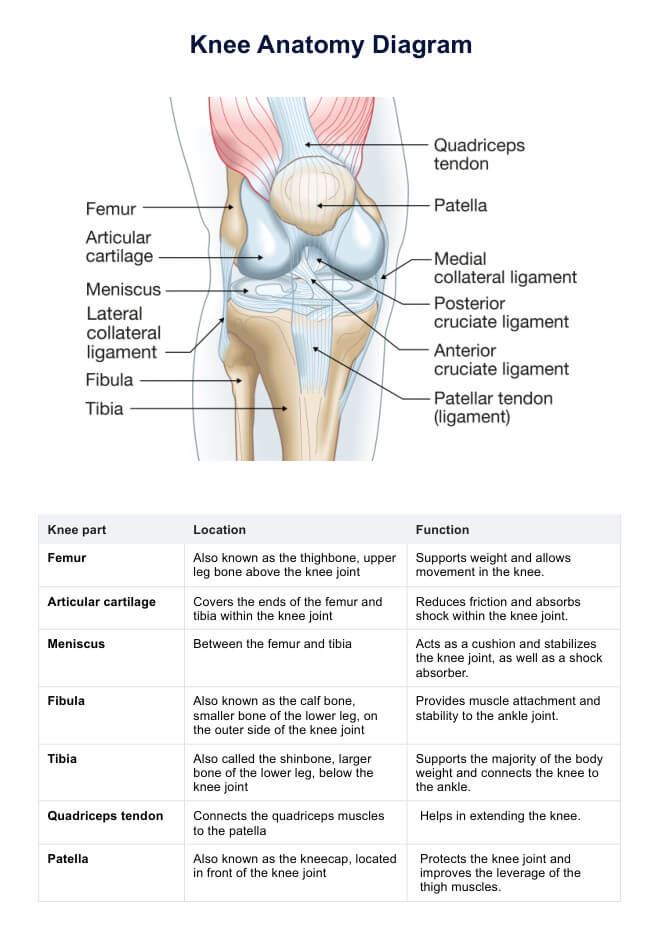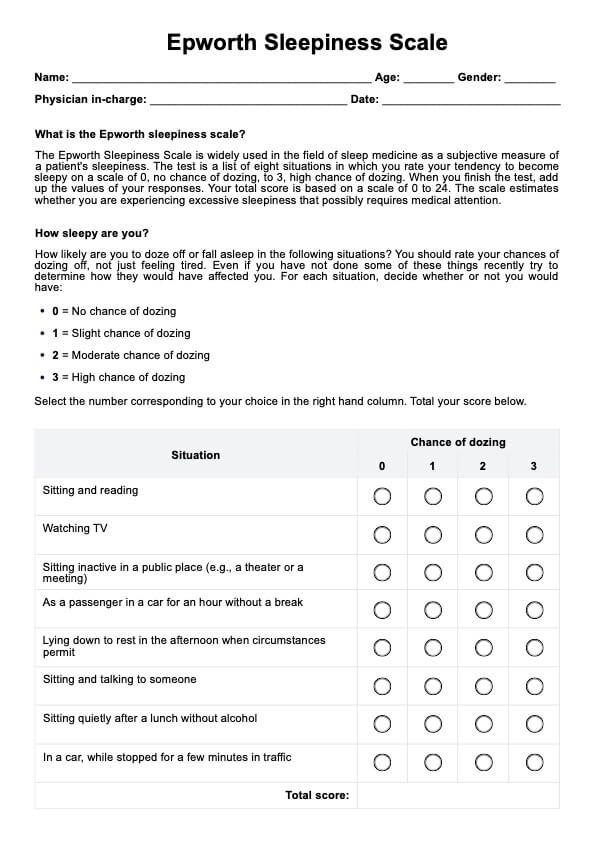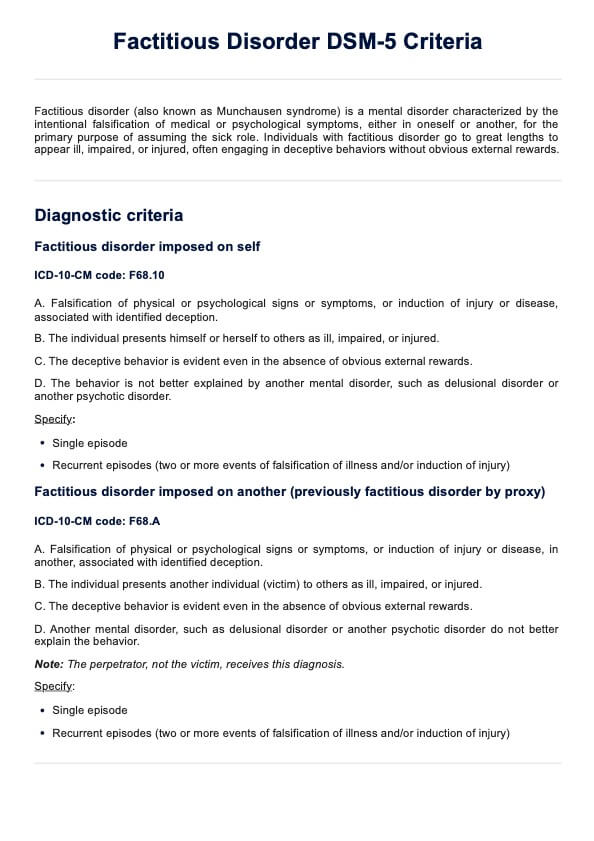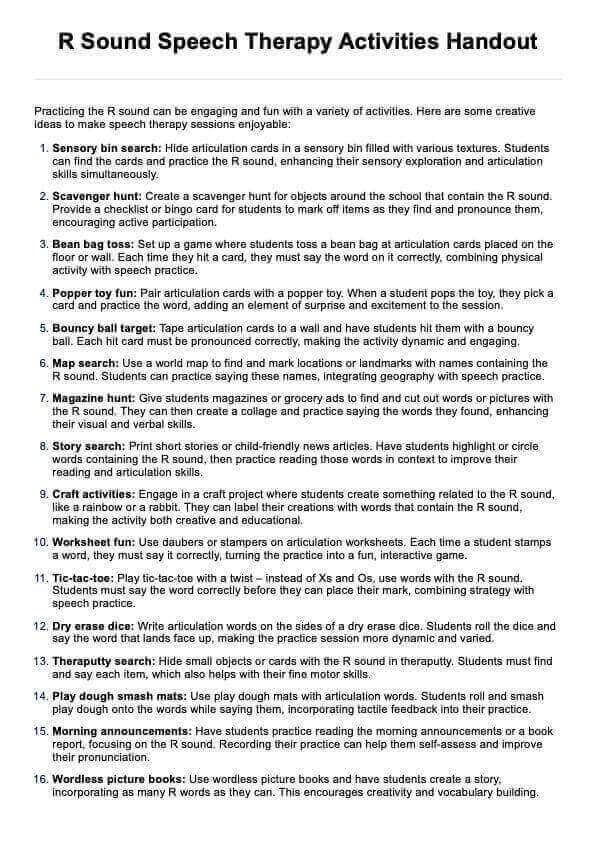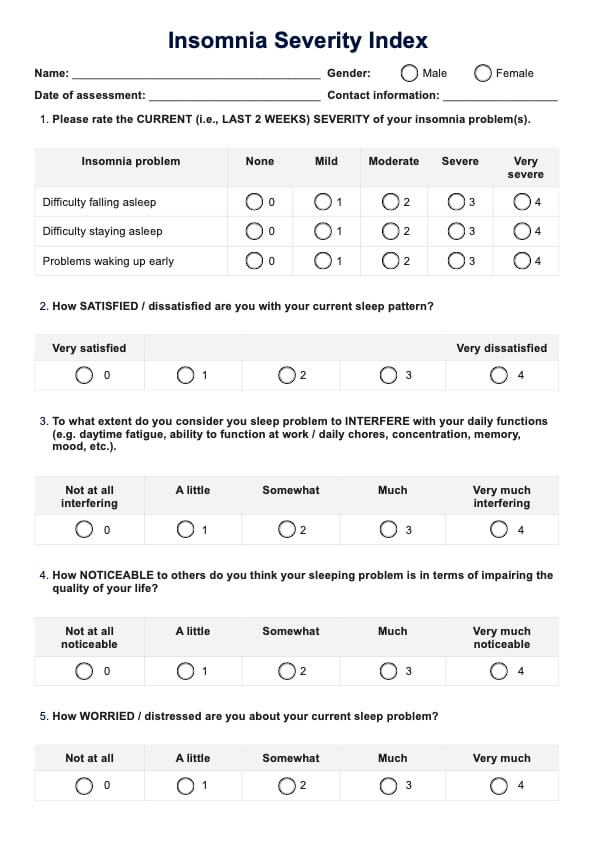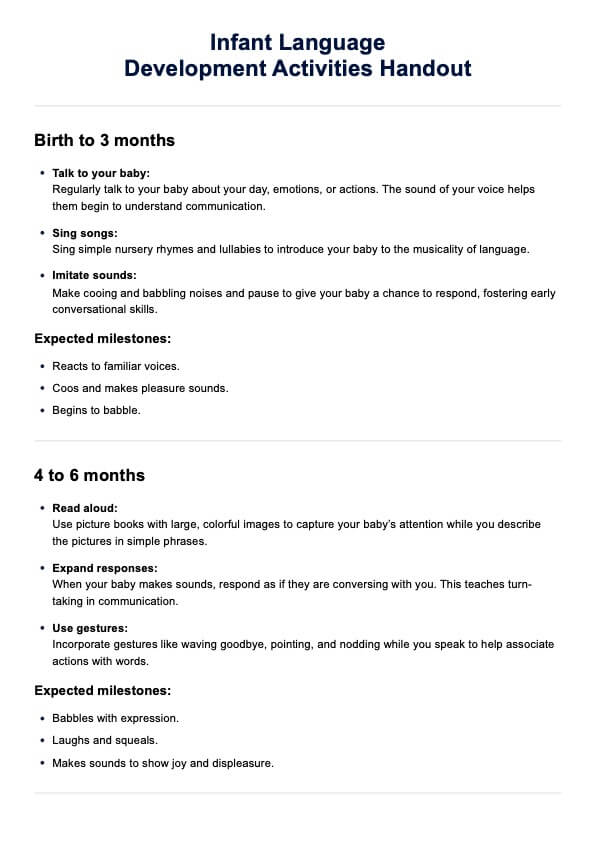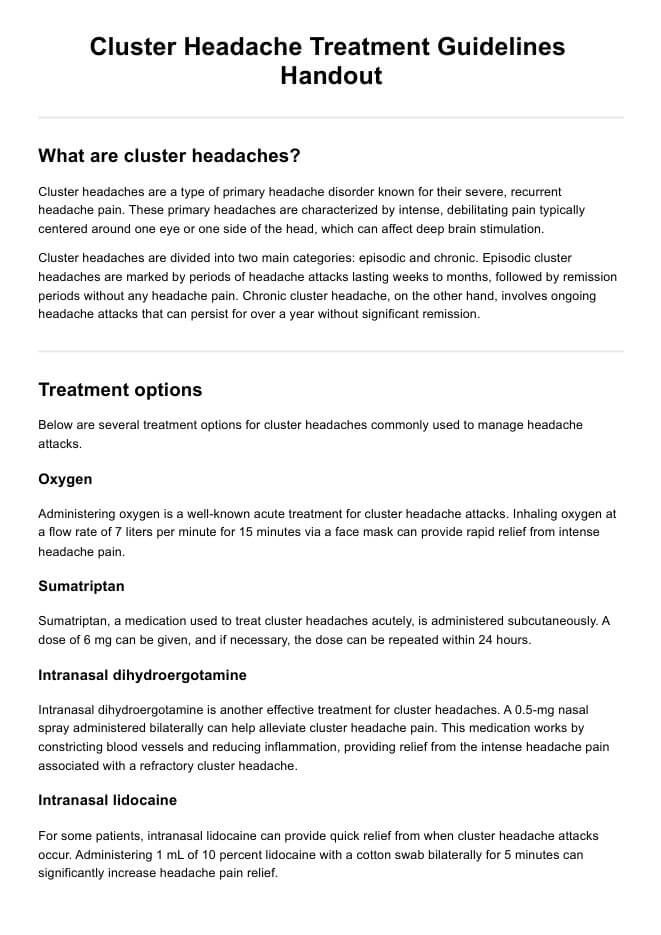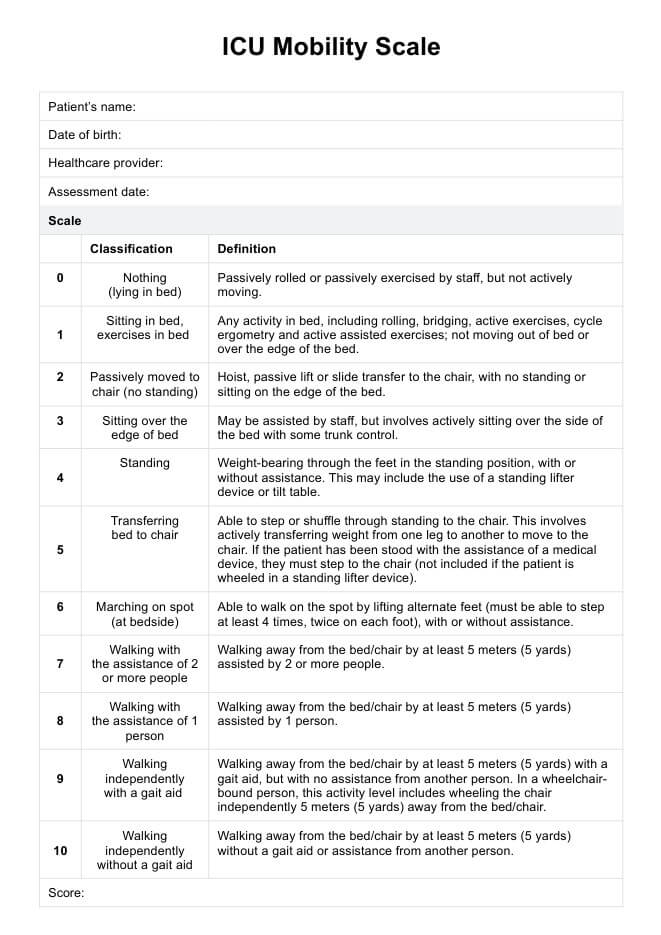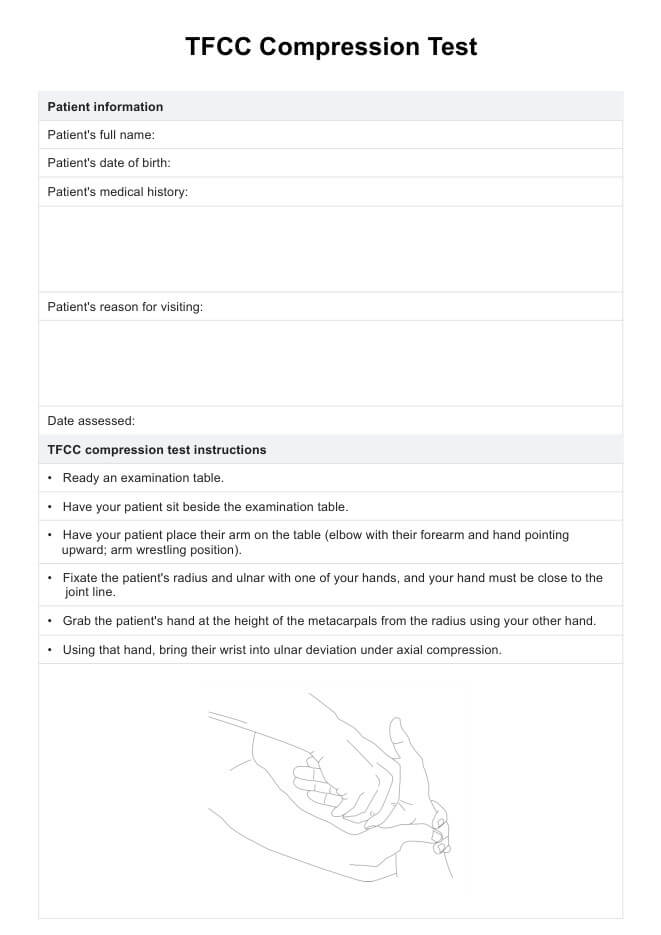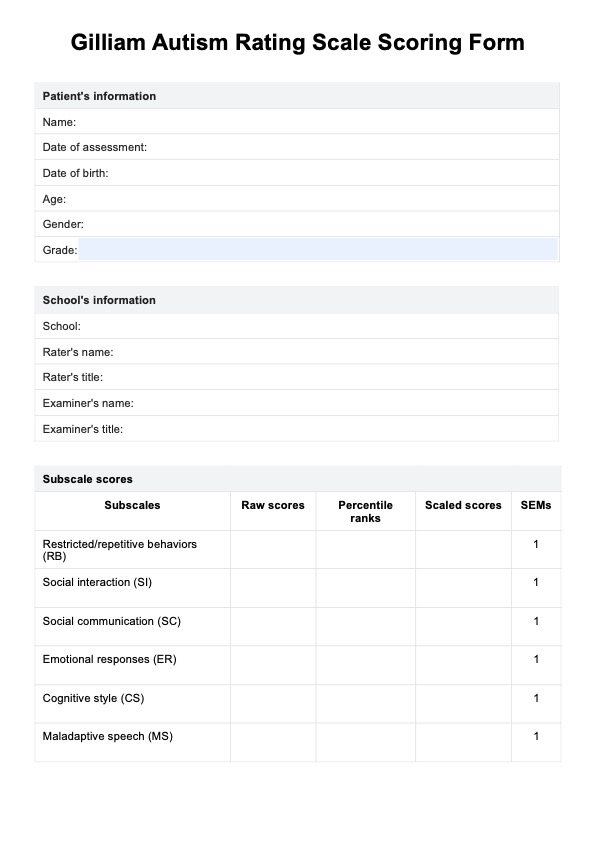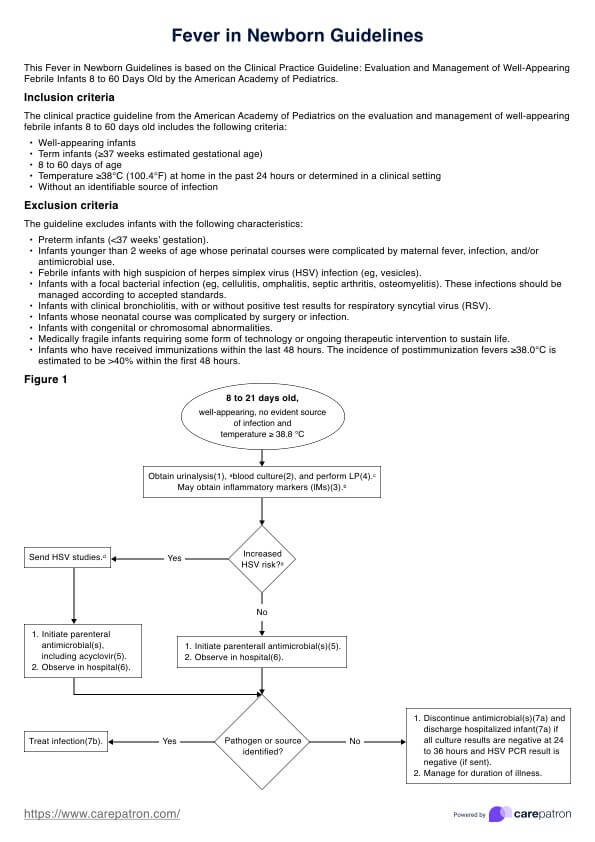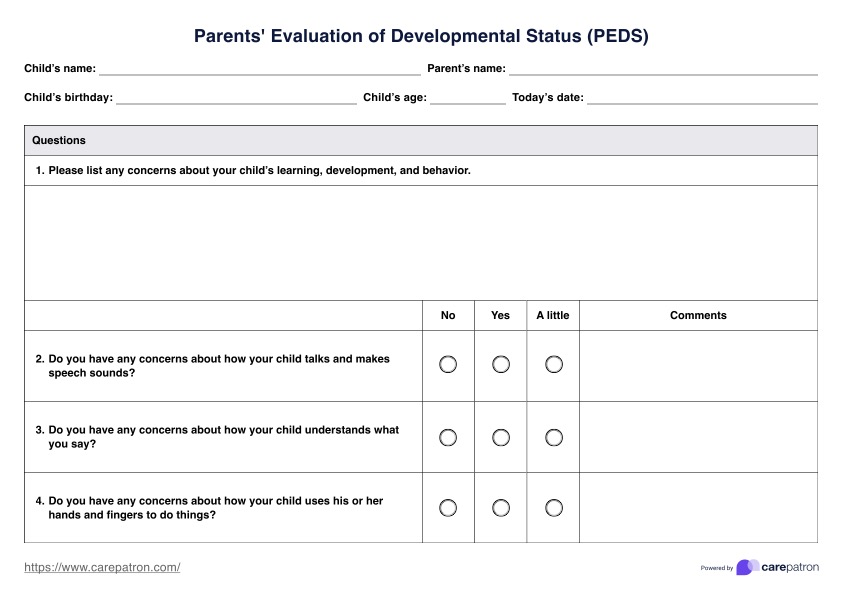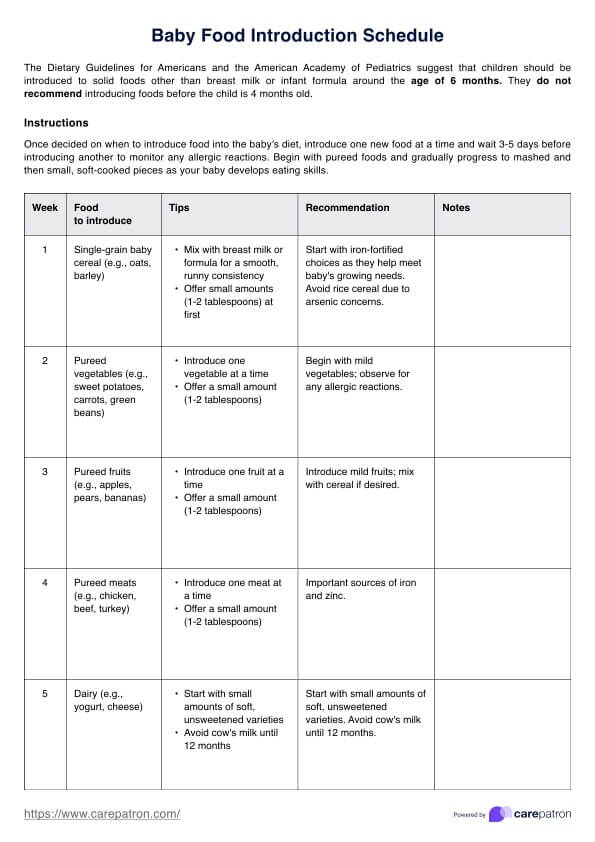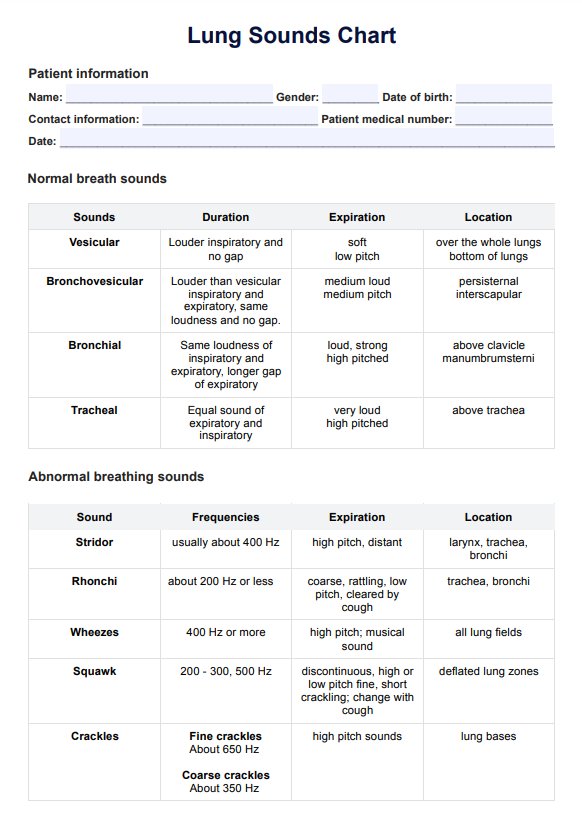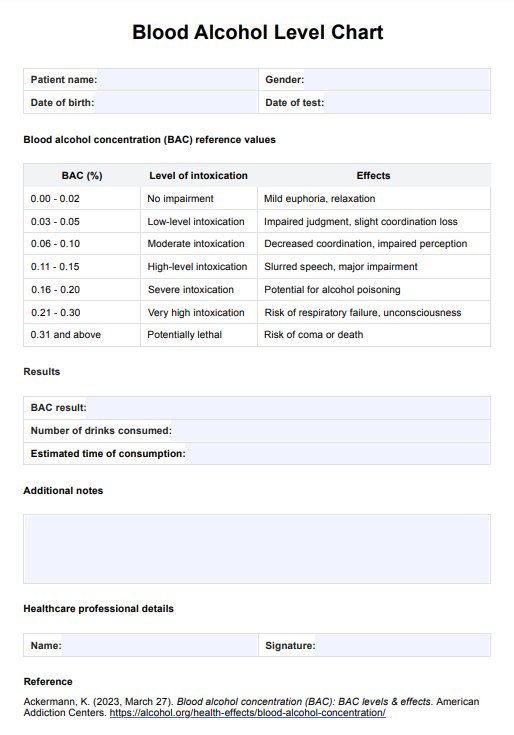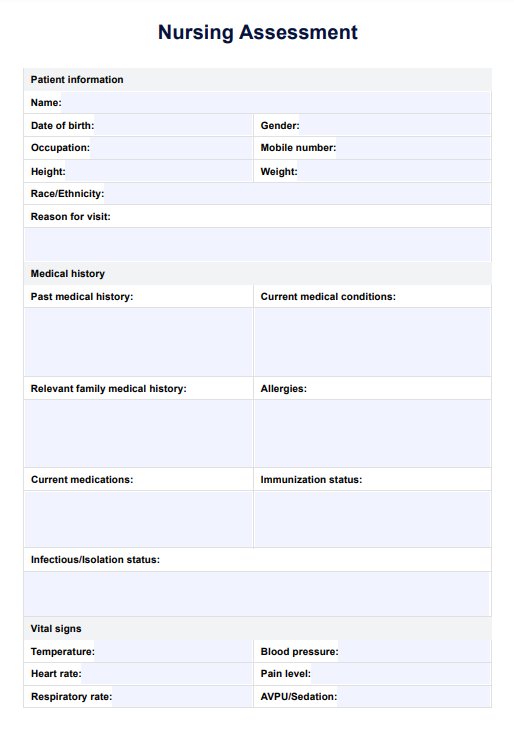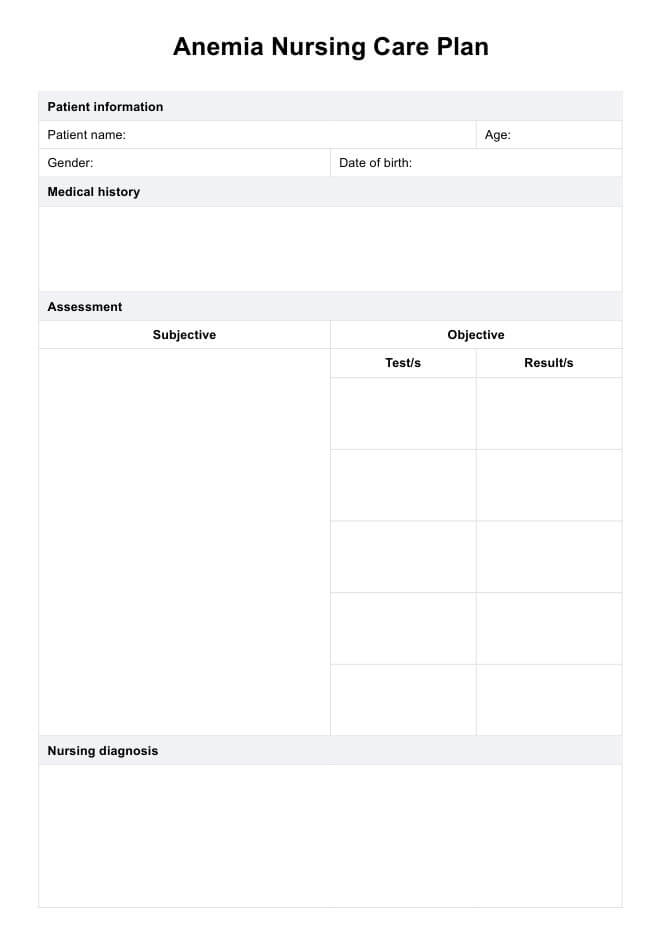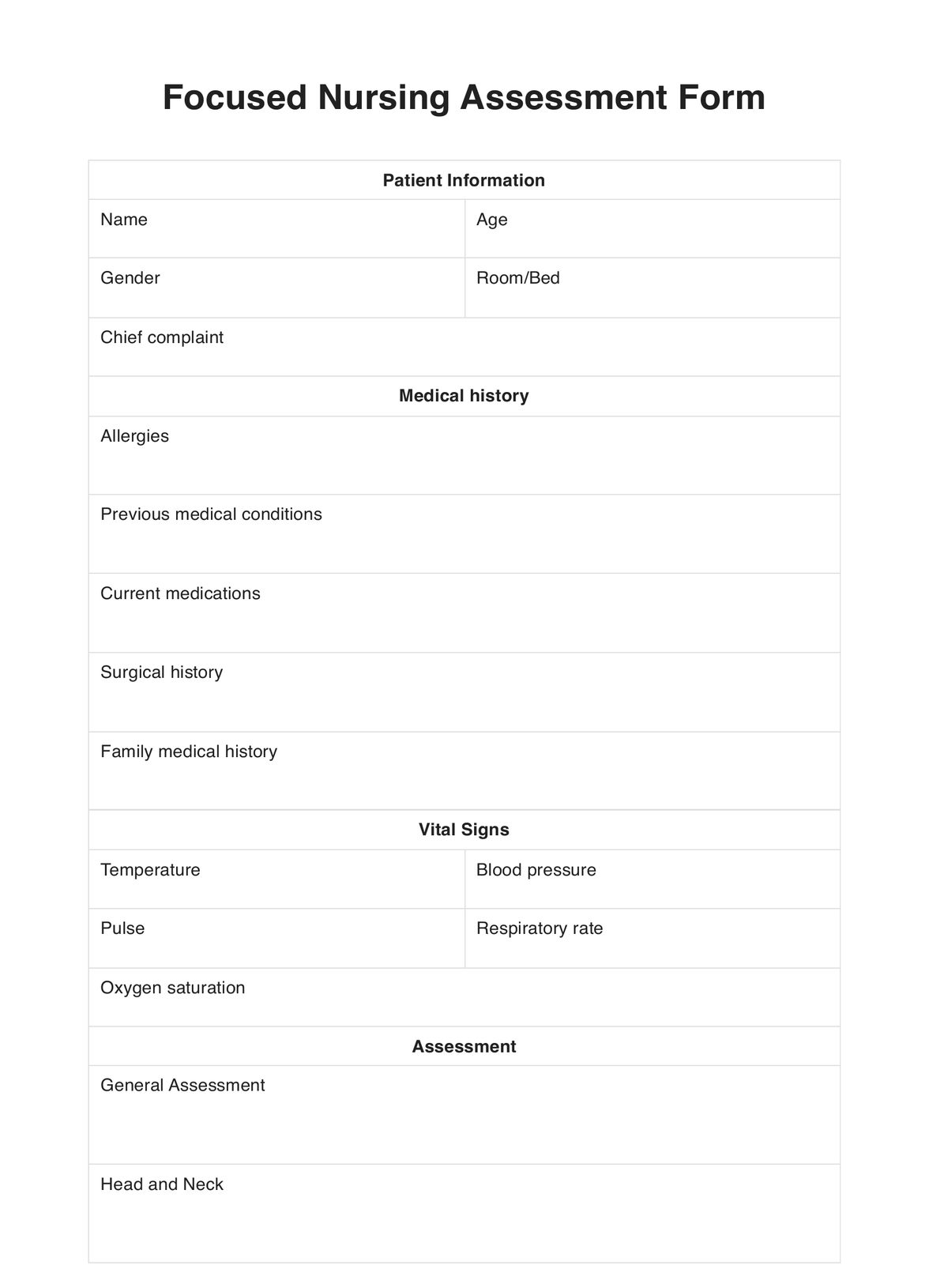Pediatric Physical Exam
Explore the essentials of Pediatric Physical Exams for child health, including benefits, how-to, and FAQs. Ideal for healthcare professionals.


What is a Pediatric Physical Exam?
A pediatric physical examination comprehensively assesses a child's health and development, encompassing physical and emotional well-being. This examination is crucial for identifying potentially life-threatening conditions, understanding the pediatric patient's chief complaint, and gathering a complete medical history. Unlike adult examinations, a pediatric exam pays close attention to the developmental milestones appropriate for the child or pediatric patient's age, including growth patterns, motor skills, and social behaviors.
The pediatric physical exam is tailored to the specific needs of children, taking into account their unique physiology, developmental stages, and the impact of childhood diseases. It involves a thorough evaluation of specific organ systems. It relies primarily on objective data, such as vital signs, physical examination findings, and subjective data, including the patient's medical and family history. A well-performed history and complete physical examination are paramount, as they lay the foundation for the diagnostic process, guiding further diagnostic tests and treatments. Plus, inadequate examination or no check-up at all can lead to certain risks in the long term.
Pediatric Physical Exam Template
Pediatric Physical Exam Example
How to do a Pediatric Physical Exam?
Collecting subjective data
The process begins with the hospital collecting subjective data, which involves interviewing family caregivers and obtaining the patient's history. This step is crucial for understanding the child's chief complaint and any major concerns the caregivers might have. It also includes reviewing the child's medical history, vaccinations, and any medications the child is taking.
Gathering objecting data
Objective data collection involves taking height, weight, head circumference, and vital signs. Standard measurements provide crucial information about the child's growth and nutritional status. In infants and small children, the head circumference can indicate potential issues such as a mass lesion or developmental delays. Moreover, vital signs offer insights into the child's overall health status.
Interviewing family caregivers
Establishing rapport with family caregivers is essential for a successful pediatric exam. Caregivers can provide invaluable insights into the child's history, behaviors, and any symptoms they have observed. This information is critical for tailoring the examination and diagnostic tests to the child's needs.
Obtaining a patient history
A detailed patient history is a cornerstone of the pediatric exam. It includes exploring the child's developmental milestones, nutritional status, and previous illnesses or hospitalizations. This comprehensive history helps to identify any areas of concern that require further examination or diagnostic testing.
Physical examination
The physical examination assesses the child's general appearance and skin color and examines specific body systems. Each part of the exam, from the head and neck to the extremities, is conducted carefully and discussed separately, keeping the child's comfort and developmental level in mind. This examination is remarkably beneficial for diagnosing and detecting abnormalities or conditions that may not have been apparent through history alone.
Importance of a Pediatric Physical Exam
The pediatric physical exam is a fundamental component of child healthcare, serving multiple critical functions in promoting and maintaining a child or infant's health. Its importance cannot be overstated, as it provides a unique opportunity for healthcare providers to assess the child's physical, developmental, and emotional well-being.
- Early detection and intervention: One of the primary benefits of regular pediatric exams is the early detection of potentially life-threatening conditions or developmental delays. Early identification allows for timely intervention, which can significantly alter the course of a condition, improving outcomes and, in some cases, even saving lives.
- Monitoring growth and development: These exams are crucial for tracking a child's growth patterns and developmental milestones. Any deviations from expected patterns can be promptly addressed, ensuring that underlying issues are managed effectively.
- Vaccination and preventive care: Pediatric exams allow one to administer necessary vaccinations and engage in preventive care discussions, including nutrition, safety, and healthy lifestyle habits, laying the foundation for a lifetime of good health.
- Building a healthcare relationship: Regular exams help establish trust between the child, family, and healthcare provider. This rapport is vital for effective communication and ensures families feel supported in their child's healthcare journey.
Note: You can use the Care Plan Template to effectively manage and track patient progress. This template helps in outlining treatment strategies, setting goals, and monitoring patient outcomes. It ensures a structured approach to care and facilitates better communication and coordination within the healthcare team.
Commonly asked questions
Pediatric age is the period in human development from birth to 18 years. This range encompasses various stages, including infancy, childhood, and adolescence, each with unique healthcare needs and milestones that pediatric care and medicine aims to support and monitor.
The primary purposes of conducting a physical assessment in pediatrics include monitoring growth and development and identifying potentially life-threatening conditions and health issues.
The frequency of pediatric physical exams varies with age and health status. Generally, infants and toddlers have more frequent visits to monitor rapid growth and development, while older children and adolescents may have annual exams. However, children with chronic conditions or specific health concerns may need more frequent assessments.

.jpg)
